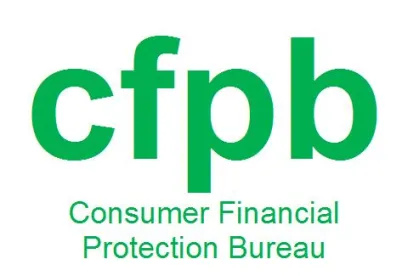In a new report on consumer credit trends, the CFPB looks at how recent changes to the public record data standards used by the “Big 3” consumer reporting agencies (CRAs) have affected consumers’ credit reports and credit scores. The data used in the report comes from the CFPB’s Consumer Credit Panel, which the report describes as “a longitudinal, nationally-representative sample of approximately five million de-identified credit records maintained by one of the three nationwide [CRAs].”
The new standards, which became effective on July 1, 2017, applied to public record data already existing on the CRAs’ credit reporting databases as well as new data. They created new verification requirements for data on civil judgments, tax liens, and bankruptcies, such as requirements that there be minimum personal identifying information and that courthouse data be refreshed at least every 90 days.
The changes to the standards were adopted as part of the National Consumer Assistance Plan, an initiative aimed at enhancing the accuracy of credit reports and making it easier for consumers to correct credit report errors. The Plan was the result of a settlement agreement between the “Big 3” CRAs and over 30 state attorneys general. The new report’s findings might be seen as subtle criticism by the CFPB under Mick Mulvaney of the Plan and former Director Cordray’s CFPB. In other words, the report’s findings could be seen to show that the concerns about the reporting of civil judgments and tax liens that drove the Plan were largely overblown.
The CFPB’s key findings include:
-
When the new standards were implemented, all civil judgments and about half of the tax liens were removed from credit reports while the number of reported bankruptcies remained virtually unchanged.
-
In June 2017, soon before the new standards were implemented, 6 percent of consumers had a civil judgment or tax lien. As a result of the new standards, about 83 percent of these consumers lost one or more judgments or liens in July 2017. After the new standards were implemented, only 1.4 percent of consumers had a tax lien on their credit reports.
-
About 4 percent of consumers with civil judgments or tax liens on their credit reports in June 2017 experienced an increase in their credit scores in September 2017 due to the new standards. After the new standards were implemented, consumers who had civil judgments or tax liens generally experienced score changes that were either around zero or 15 points.
-
To evaluate whether the score changes were significant enough to affect these consumers’ access to or cost of credit, the CFPB looked at whether the score changes changed the consumers’ credit profiles. To do this evaluation, the CFPB put a consumer’s credit scores in June and September 2017 into one of the following bands: deep subprime, subprime, near prime, prime, and super prime. 75 percent of consumers remained in the same score band. About 6 percent of consumers who had civil judgments or liens in June 2017 had deep subprime or subprime credit scores and rose to near prime or above scores in September 2017.
-
Overall, about 4 percent of consumers with civil judgments or tax liens on their credit reports in June 2017 moved to a higher score band in September 2017. The CFPB seems to suggest that the small effect might have been expected because consumers who had civil judgments and tax liens also had more delinquencies and more derogatory information in their credit reports.
-
The CFPB does not have sufficient data to evaluate the extent to which the new standards have affected the predictiveness of scoring models. However, it notes that studies have been published indicating that the new standards will have a minimal effect on predictive performance and observes that although the CFPB is unable to verify such results, “the small number of consumers who had civil judgments or tax liens and experienced a score change large enough to improve their credit profile suggests that any effects on overall model predictiveness (either positive or negative) are likely minimal.”



 />i
/>i

